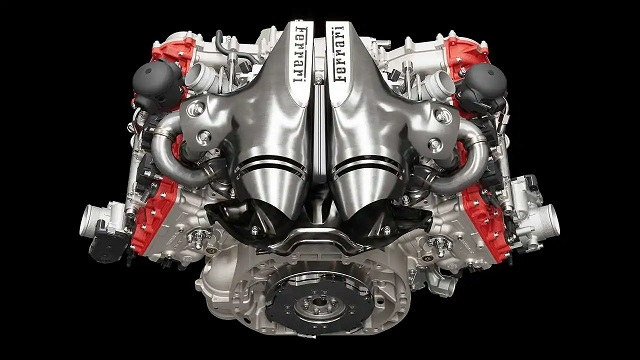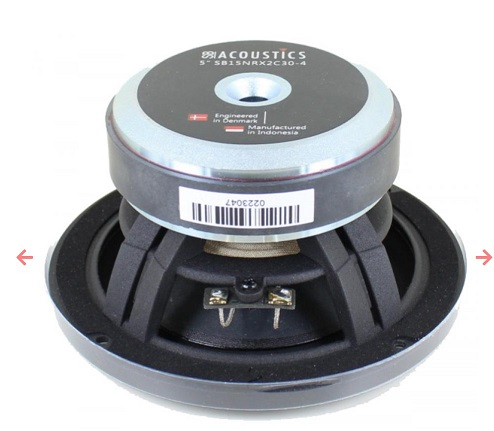Site Links
Howdy, Stranger!
It looks like you're new here. If you want to get involved, click one of these buttons!
Quick Links
Categories
In this Discussion
Who's Online (0)
How to you tell if a motor is good?
I often see threads where someone comments on a speaker having a good motor. But what are they looking at to make that judgment?
Here is a good motor!

But is this a good motor?


Joking aside, I assume there are some key Thiel-Small parameters and maybe some attributes like copper shorting rings, etc. This is the SB15NRX2C30 and someone had commented when it came out that the "motor" looked as good or better than a Scanspeak driver. What would drive that conclusion?


Comments
Externally there is not much that one could truly know as good or bad. Lots speculation that if it looks good it is good. The basket and the machine/assembly quality is about all that can be visually determined.
Well, not having any brushes in it is a good start . . .
Looking at the impedance shows whether the motor keeps a handle on things, like low Le, no energy storage bumps, or drastic swings.
InDIYana Event Website
LeX is a prime indicator.
T/S doesn't really tell the story of the motor. Just the results of the suspension and motor combo. Le can be an indication of the profile (shorting rings). As Wolf said, the impedance profile can show issues. Bl is an indication of motor strength but shouldn't be used as a simple comparison between 2 drivers as it is effected by other parameters such as the Re. THD, freq response, and the impedance profile should be the judge imo
The problem with retail drivers, is that you can't always view HD plots unless 3rd party. FR tells you response, but nothing to do with the motor. Without those, impedance is all that is left to make a decision by.
InDIYana Event Website
The first picture is an engine
^ I wasn't going to be the one who made that distinction . . .
Nice! I had to go Google the difference.
In Spanish motor covers both.
Conquistador your motor runs, on gasoline
In an ideal world the data sheet would show
1) BL(x) - force factor vs voice coil position
2) Le(x) - inductance vs voice coil position
2b) Le varies for different frequencies, so ideally Le(x) for a few frequencies within it's intended use eg. Le(x) @30Hz, 100Hz, 300Hz, 1Khz, 10KHz)
If it doesn't show these graphs the next best thing is low inductance (Le). This is usually stipulated at one frequencies eg. 1KHz. So 0.1mH is better than 1mH better than 10mH etc
Failing that, how smooth and flat the impedance curve is. How does the impedance compare across the frequency band, compared to at Fx. Little dips/peaks are usually related to (soft parts (cone, surround or spider) resonances.
^ unfortunately most manufacturers raise the Impedance graphs span to make them look flatter than they are.
Indeed.
Tweaking the Y axis is the oldest trick in the book...